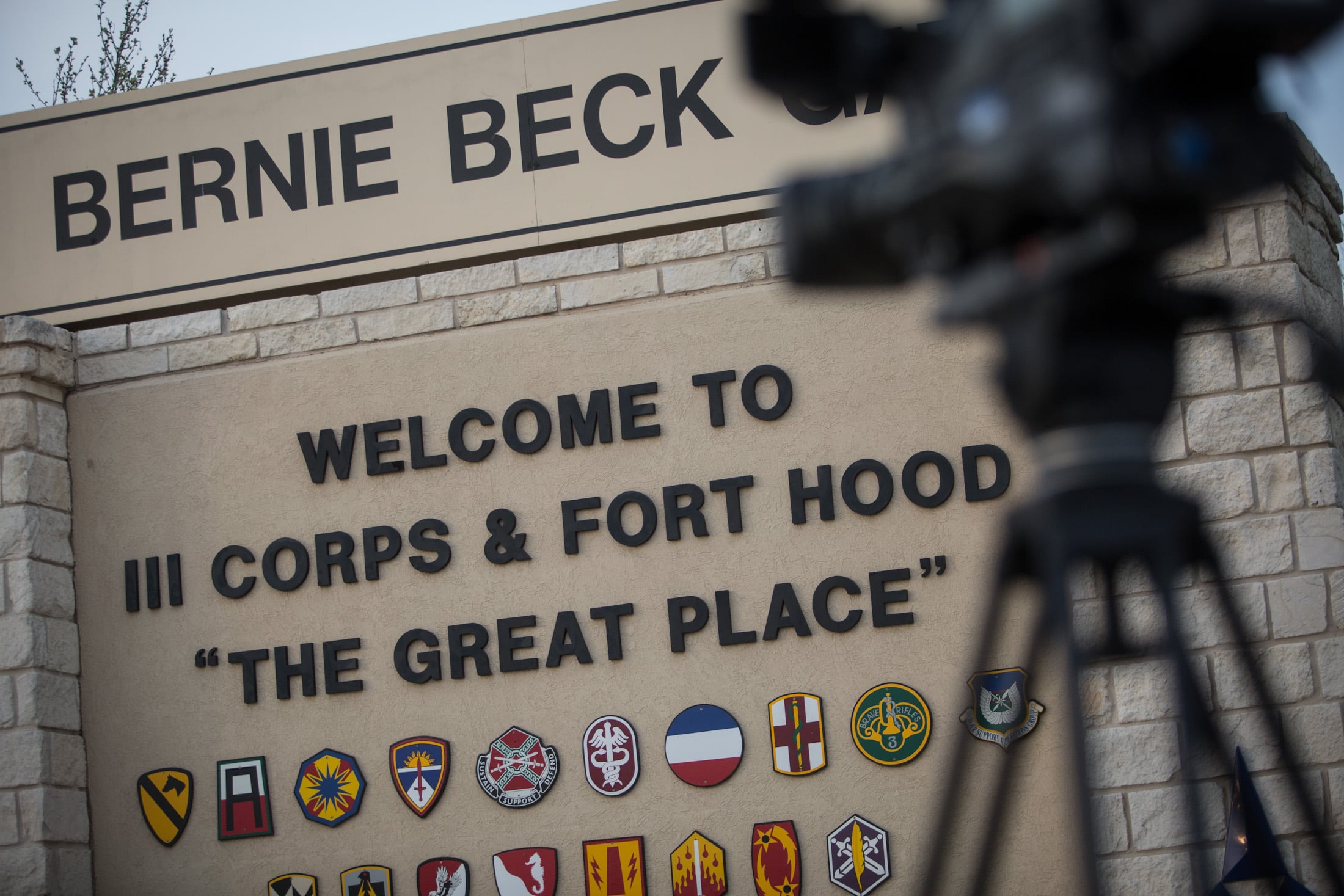Two sailors were injured Tuesday night in an aircraft fire aboard the carrier Harry S. Truman, including the pilot who was forced to eject from the plane during a refueling on the flight deck.
An F/A-18C Hornet from Strike Fighter Squadron 106 ignited during refueling on the Truman and the fire was "immediately extinguished by the ship's flight deck firefighting team," Naval Air Force Atlantic said in a statement Wednesday.
"The pilot of the aircraft ejected and landed on the flight deck," AIRLANT said. "The pilot received medical treatment by the ship's medical department before being transported to New Hanover Regional Medical Center, Wilmington, N.C. for further treatment of non-life threatening injuries.
"A sailor assigned to the ship also sustained non-life threatening injuries from the incident and was also transported to the same location for treatment," the statement continued.
Truman is underway off the Virginia coast for training. An investigation into the incident is ongoing.
A Tuesday night aircraft fire that injured two sailors aboard the carrier Harry S. Truman will not force the carrier to come home early, and will not delay its scheduled fall deployment, officials say.
A single-seat F/A-18C Hornet from Strike Fighter Squadron 106 ignited during refueling off the Virginia coast. The pilot was injured during ejection from the aircraft, Lt. Cmdr. Candice Tresch, the carrier’s spokeswomanpublic affairs officer, told Navy Times. The pilot landed on the flight deck, where a sailor also sustained non-life threatening injuries during the initial onset of the fire. Both received medical treatment before being transported via helicopter Sea Combat Squadron 26 to New Hanover Regional Medical Center, in Wilmington, North Carolina. Their families have been directly notified.
The ship was conducting Fleet Replacement Squadron Night Flight carrier qualifications when the fire erupted. There is "no significant damage to the flight deck," Tresch said. The damaged Hornet cannot be flown and officials are assessing whether the $30 million fighter can be salvaged is being determined, but the damage has left it unable to fly.
The fire was "immediately extinguished by the ship’s flight deck firefighting team," Naval Air Force Atlantic said in a statement Wednesday. Carrier officials credited the "appropriate actions" of flight deck and medical personnel, engineers, and the bridge watch team who "responded professionally and swiftly to the fire which minimized its spread and thus the damage."
Firefightersing first responders provided initial fire suppressing agents from the mobile fire truck. More than 100 flight deck personnel with four aqueous film forming foam, or AFFF, hoses attacked the fire within 30 seconds of ignition.
Capt. Ryan Scholl, the carrier's commanding officer, said he was "very proud of their quick and professional responses."
"The important take-away is that all involved are going to be okay," the skipper said in a Facebook post. "Our thoughts and prayers are with our shipmates and their families, as we wish them speedy recoveries."
The ship conducted limited operations on Wednesday and plans to resume full flight operations Thursday "in a deliberate approach to balance safety and mission." An investigation into the incident is ongoing.
Navy officials in October announced the news that Truman would deploy in the fall of 2015, nearly half a year ahead of schedule. She took the place of the carrier Dwight D. Eisenhower, which remains in the yard after back-to-back deployments — from June 2012 to December 2012 and from February 2013 to July 2013 — caused more maintenance than expected.
Truman in November entered a curtailedcondensed incremental availability at Norfolk Naval Shipyard, the first performed there. The availability was expected to last 15 weeks and require 78,000 man-days, but nearly doubled to more than 28 weeks and 135,000 man-days due to a need for additional work. The expedited schedule left Truman with about half the training days allotted to carrier crews before its upcoming deployment, which officials say is still on track. While a typical carrier has 154 training days between flight deck certification and final evaluation, Truman had fewer than 40. Flight deck certification, which normally runs from one week to 10 days, was given only three days. The 25-day Tailored Ship’s Training Availability/Final Evaluation Problem, or TSTA/FEP, was cut to 21 days, and included 311 events that had to be completed with a passing grade. To date, the openly motivated crew has scored equal to (and sometimes better than) other carriers.




